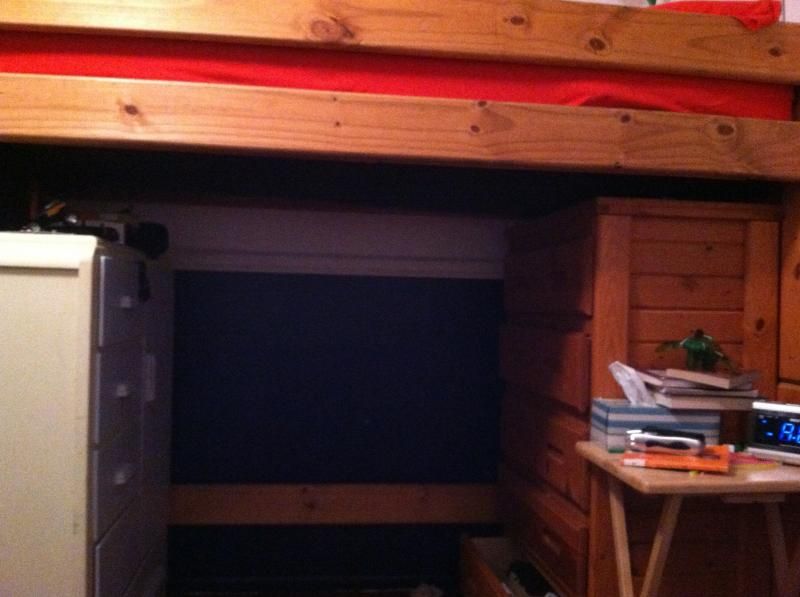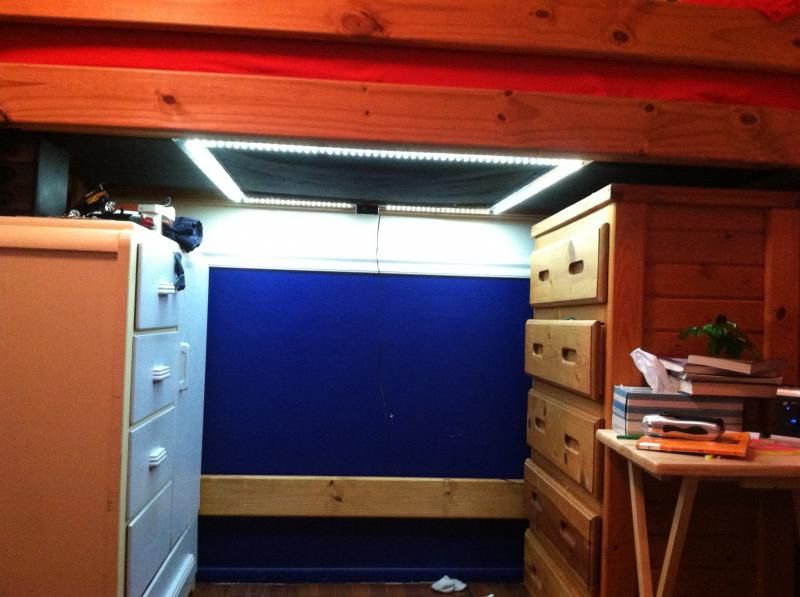I have to admit, I like this notion in many ways. Separately from a backup generator. OK, here's my musings.
I've already got old car batteries. While they won't kick over a starter motor, they will power bulbs. Wiring them in parallel increases my capacity. Just leave it 12 volts.
Cheapie solar charger from Harbor Freight or the like. I'd also include something 110, like a Battery Tender, to help maintain the battery pile. The solar charger would be there to help support the battery pile when the power is out.
I'd be inclined to run wires and sockets, not hard wiring 12 volt LED lights. I'd use sockets distinctly different than 110v sockets to prevent confusion. I'd run it discretely, like along baseboards. I'd have lamp assemblies with leads to be plugged in when power goes not. Run the wiring radially or as a loop. Since it's 12 volt dc, powering led lights, it wouldn't much matter as the load would be minimal.
All this would provide lighting, and perhaps the likes of chargers for my cell phone and such. Quite nice.
This still leaves things like furnace fans, furnace ignitors, well pumps, sump pumps, refrigerators and such unpowered. These things all take 110V a/c current. You really cannot make them work on 12 volt dc, or just about any other dc power for that matter.
So, you likely will still need a generator to live comfortably without power for an extended period of time.
For about $100 you can buy a ~900 watt 2 stroke generator that will run almost all day on a gallon gas. Won't power your refrigerator, but it will run a well pump and such.
For about $300 you can buy a ~3,000 watt generator that will run all day on a few gallons of gas. If you're the type who stores 5-10 gallons of gasoline in the shed, you'll be good to go for a week or more if you're carefull. A generator of this size will power your furnace, a refrigerator and most other things in your house. Just not all at the same time.
You might want to also look at some of the passive solar heaters, and a solar oven just for fun. Can save on your heating bills, and are interesting to learn how to make and use.










































